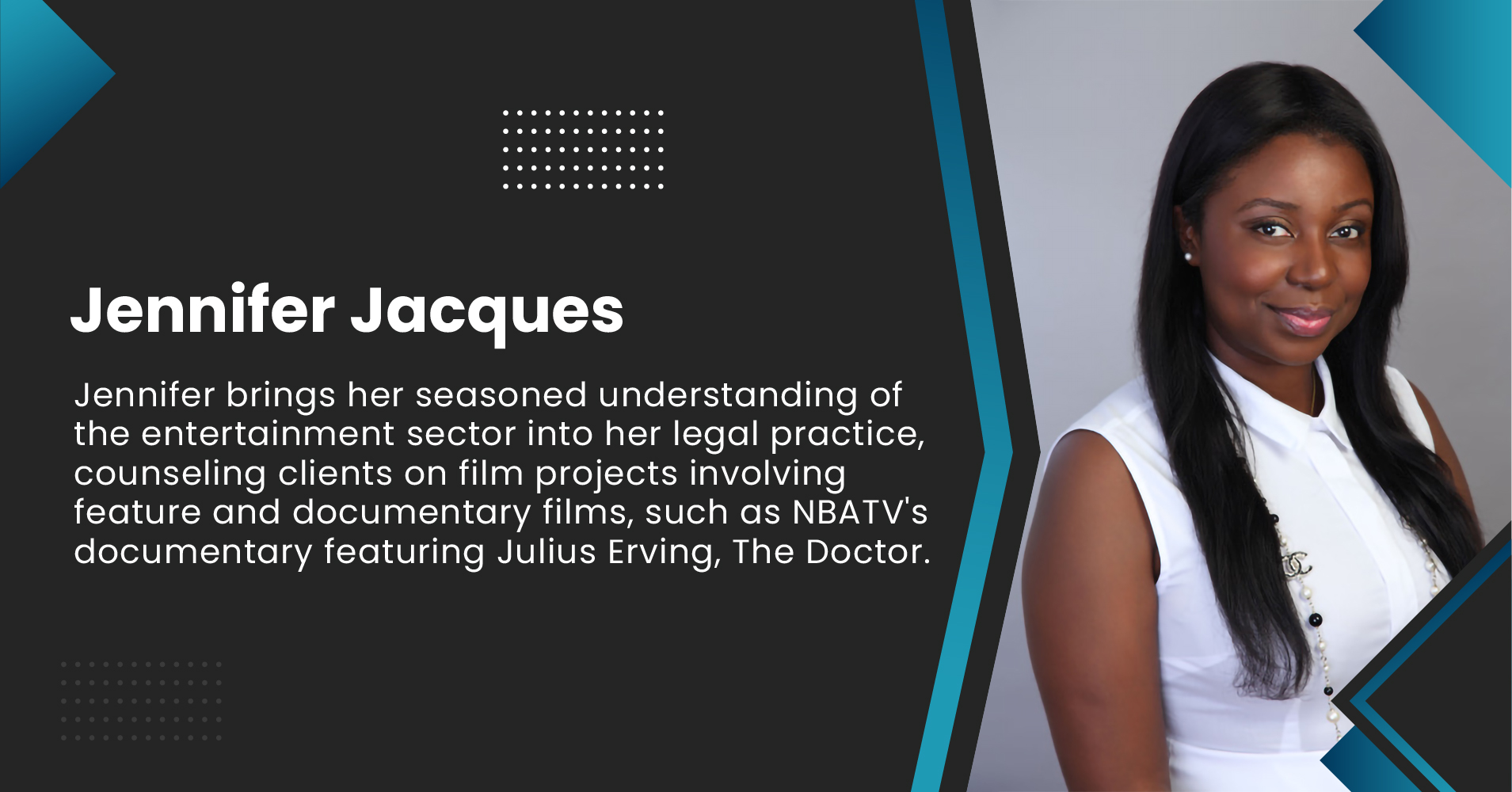
We practice philanthropy because of two truths: things often go wrong and could always be better. Doing something about this inevitable suffering and acting for social change is a way for you to exercise your moral obligation to the community and improve the social situation of its members. Beyond your profession, you should be deeply committed to philanthropy, mentorship, and entrepreneurship and make contributions that enrich your community.
Understanding Marginalized Communities
Marginalized communities are populations that experience discrimination and exclusion because of unequal power relationships across economic, political, social, and cultural dimensions. The term was coined in the 1970s to describe people who live on the fringe of mainstream America.
Many communities fit this bill, and some of the groups that are affected by marginalization include:
- Senior citizens
- Racial and cultural minorities
- Combat veterans
- The homeless
When you practice philanthropy, you create a culture of community empowerment by being the vehicle that provides the desired changes in different movements throughout history.
As an everyday philanthropist, you impact communities by helping to create change.
Sometimes, this starts with government policies or influencing institutions in your society that are gatekeepers of democracy. You can do this by utilizing your resources to support social change and by being a force for good.
Philanthropic Strategies That Empower Communities
For a long time, philanthropy was viewed as using your financial or other resources to support causes and initiatives that aim to improve the lives of others. However, the concept of philanthropy has evolved, moving beyond traditional models of charity to a more proactive and community-centered approach.
This shift has led to a new philanthropy era focused on empowering communities and fostering sustainable change. Some of the philanthropic approaches you can employ to achieve this goal include:
Engaging Communities in the Decision-Making Process
You can engage communities in decision-making by actively seeking input and feedback from the community members whom your philanthropic initiative will directly impact. By giving them a voice and say in how resources are allocated, you can ensure that your efforts align with your community’s actual needs and priorities. For instance, instead of simply donating funds to a local school, you could engage with the school’s parents, teachers, and students to understand their specific needs and then develop a tailored program that addresses those needs.
The New York Junior League is an excellent example of a philanthropic organization that engages marginalized individuals and helps them decide. It dedicates itself to shaping young minds and educating them on the multifaceted world of entrepreneurship.
The New York Junior League’s Personal Advancement & Leadership Committee works with children from low-income communities. It assists them with career options as they transition from high school to college. It helps young adults take action toward their dreams and emerge as entrepreneurs or professionals in their respective fields.
The organization even hosts an annual event introducing young female New Yorkers to many potential career and service paths following high school graduation. During their last event, 45 young ladies attended Career Day at the Astor House, participating in workshops, networking opportunities, and an entrepreneur panel designed and executed by the New York Junior League members to help them envision a brighter, broader roadmap for their future.
Building Capacity and Providing Resources
To empower marginalized communities, you must equip them with the tools and resources they need to thrive. You can do this by:
- Providing financial support
- Offering training programs
- Facilitating access to networks and opportunities
For instance, you could advocate for your philanthropic organization to offer scholarships to underprivileged youth, enabling them to pursue higher education and break the cycle of poverty. Investing in the capacity-building of individuals and organizations within your community creates a ripple effect of empowerment that extends far beyond your initial contribution.
An exceptional philanthropic organization that understands building capacity and providing resources to aid the marginalized in the community is the United Negro College Fund which creates events during its fundraising efforts. In their last event, they put together two Walk/Run Events in Montclair, NJ, where they raised over 50K for scholarships.
Collaborating With Local Partners
Your philanthropic efforts become most effective when rooted in local knowledge and expertise. By partnering with local organizations, you can leverage their deep understanding of the community and establish long-term sustainable solutions. For example, suppose you are part of a philanthropic organization focused on healthcare. In that case, you can collaborate with local clinics and healthcare providers to develop innovative programs that address the specific health needs of your community.
Promoting Inclusivity and Diversity
As you engage in philanthropic endeavors, you must recognize and address the systemic barriers that prevent certain groups from accessing opportunities and resources. You can play a vital role in promoting equity through your charitable pursuits by intentionally supporting initiatives prioritizing marginalized communities. For instance, you could mobilize your philanthropic organization to provide funding and mentorship programs for women entrepreneurs or minority-owned businesses.
The Harlem community is an excellent example of a philanthropic organization that promotes inclusivity and diversity with counseling programs and a Each One Teach One Program that aims to recruit, train, and support critically conscious multilingual teachers of color.